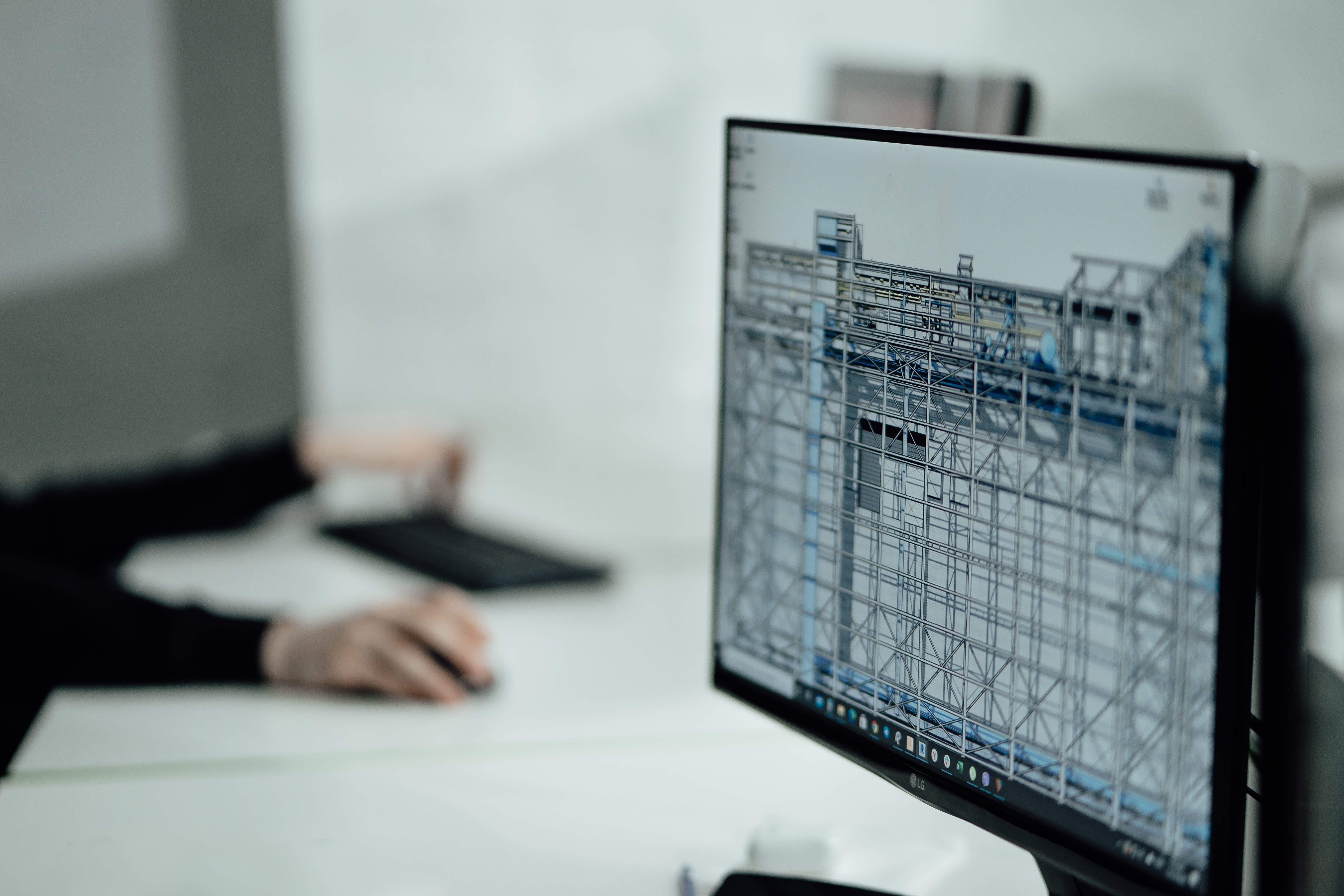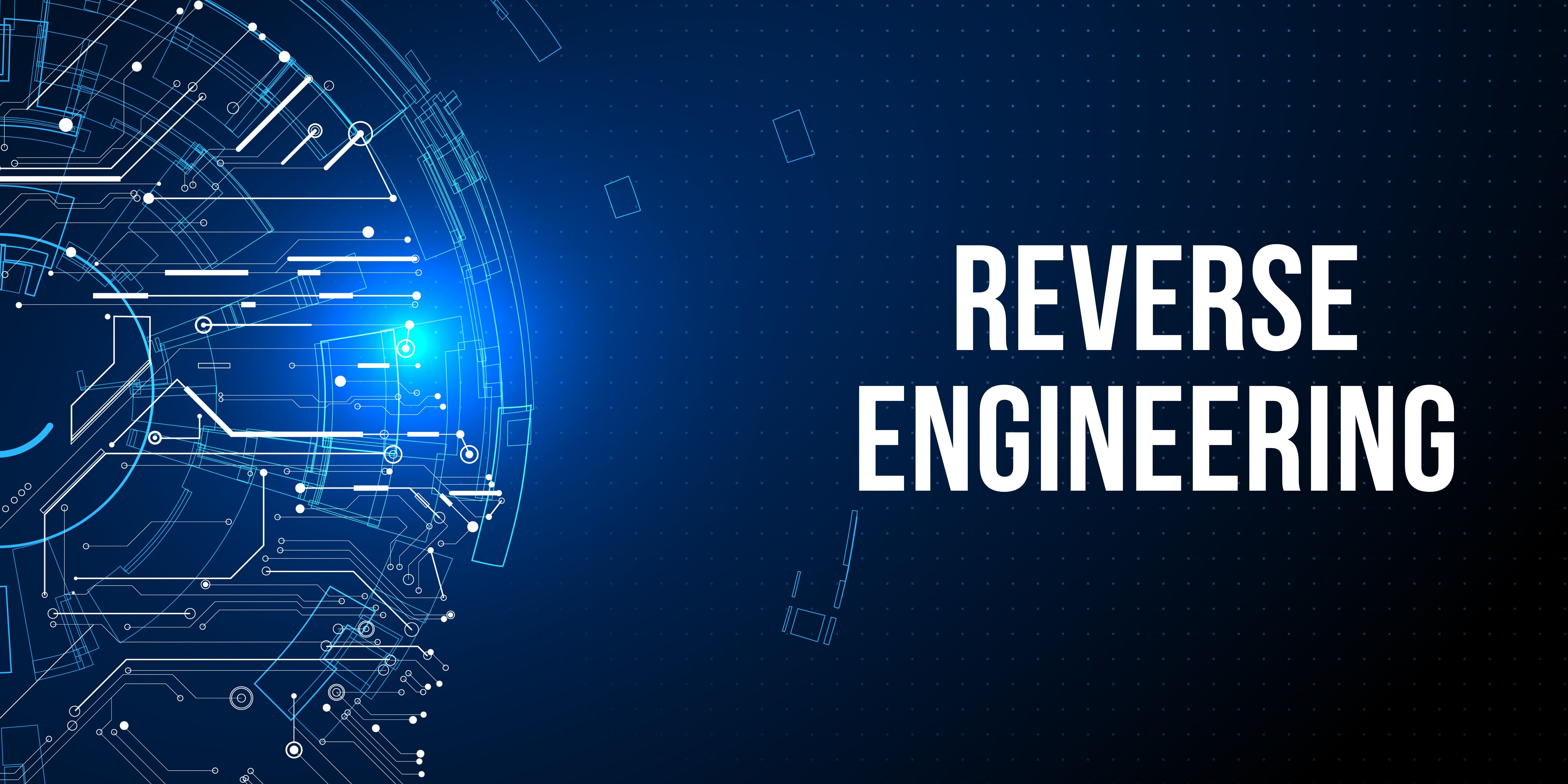AI and the Future of Design in 2025
The design industry is undergoing a rapid transformation, fueled by cutting-edge technologies like Artificial Intelligence (AI). In 2025, AI is set to revolutionize how designers work, how creative processes evolve, and how businesses approach design strategies. In this blog, we explore the top trends shaping the design industry in 2025, with a particular focus on how AI is driving this change.
1. AI-Powered Tools Transforming Design Workflow
AI tools are becoming indispensable in the design world, automating repetitive tasks, enhancing creativity, and streamlining workflows. From design software that auto-generates layouts to AI-driven image recognition, designers are now able to focus more on innovation rather than manual tasks. The evolution of AI tools is reshaping workflows across graphic design, web design, and UX/UI design.
- AI-powered tools are increasingly integrated into popular design platforms like Adobe and Figma, enabling designers to speed up processes like color correction, design adaptation, and content creation.
- AI tools are also influencing personalization in design, adapting layouts based on user behavior and preferences.
2. The Rise of AI-Generated Creativity in 2025
In 2025, AI is not just a helper but a creative partner. With the advent of AI design algorithms and machine learning models, AI can now generate logos, artwork, and even entire websites from scratch. This trend is allowing designers to collaborate with AI systems that propose new creative directions and patterns, enhancing their creative potential.
- AI-driven platforms like DALL·E and Runway are already showing how artificial intelligence can generate unique, stunning visuals that may not have been imagined by human designers alone.
- AI’s role in creative industries is pushing boundaries by offering unexpected design ideas and inspiration, which can be further refined by human designers.
3. Personalization and User-Centric Design Enhanced by AI
One of the most powerful ways AI is reshaping the design industry is through personalized design experiences. AI technologies enable designers to create user-centric designs that adapt to individual preferences and behaviors. By leveraging data-driven design, AI can create highly personalized content and user interfaces, improving the overall user experience.
- Personalized web designs and marketing strategies, powered by AI algorithms, are driving higher user engagement and conversion rates.
- AI tools like chatbots and personalization engines are becoming a staple in web design, allowing brands to cater to specific user needs in real-time.
4. AI in Sustainable Design Practices
In 2025, sustainability is a top priority in design. AI is helping designers create more sustainable products by optimizing resources, minimizing waste, and finding eco-friendly alternatives. From energy-efficient design processes to AI-enabled material innovation, AI is playing a vital role in helping brands create environmentally-conscious products and services.
- AI is being used to model energy-efficient buildings and structures that minimize environmental impact.
- AI-driven material science is discovering new sustainable materials and processes for manufacturing and construction, reducing waste and carbon footprints.
5. AI’s Role in Enhancing User Experience (UX) and Interface Design
AI is set to further enhance user experience (UX) and user interface (UI) design by predicting and adapting to user actions. In 2025, AI will become central to creating intuitive and seamless interfaces that learn from user behavior and evolve accordingly.
- AI in UX/UI design can track user interactions and provide real-time data, allowing designers to refine interfaces based on user preferences and challenges.
- Voice-based AI, like chatbots and virtual assistants, is helping to make websites and applications more accessible by offering a personalized, voice-guided experience.
6. Revolutionizing 3D Modeling and AR/VR Design with AI
AI is transforming 3D modeling and AR/VR design, making them more accessible and efficient. AI-powered tools can generate complex 3D models, textures, and lighting, which traditionally took designers hours to create. This shift allows designers to focus more on creativity while automating repetitive tasks.
In AR/VR design, AI enhances interactivity by adapting virtual environments based on real-time user data, creating more immersive experiences. Industries like gaming, architecture, and product design are benefiting from AI’s ability to simulate realistic environments and improve user interaction, leading to more engaging, lifelike designs.
7. AI and the Future of Branding in Design
AI is also revolutionizing brand design and identity. In 2025, AI-powered tools will assist in creating distinctive brand elements that align with evolving market trends and consumer expectations. From logo creation to branding strategies, AI will play an essential role in shaping the future of design.
- AI algorithms can analyze branding trends, competitor strategies, and consumer sentiment to create logos, colors, and typography that resonate with target audiences.
- The role of AI in brand identity is becoming more prominent, with businesses relying on AI to predict the future of branding and suggest innovative visual designs.
Conclusion: The Continued Evolution of AI in Design
As we move into 2025, AI’s role in the design industry will keep growing, driving innovation and creativity. AI tools, personalization, and sustainable practices are transforming design workflows. Institutions like CADD Centre are preparing designers by incorporating AI into their training programs. Embracing AI will help designers enhance their processes and stay competitive in a rapidly evolving market.
FAQs
How does AI enhance creativity in design?
AI-driven platforms analyze vast datasets to suggest unique patterns, layouts, and textures. Tools like Runway ML and DeepArt serve as creative partners, offering ideas that inspire designers to think outside the box.
What are the benefits of enrolling in CADD Centre courses for AI-driven design?
CADD Centre courses provide hands-on training in cutting-edge tools like AutoCAD, Revit, and SketchUp, integrating AI innovations to improve design efficiency. Students gain industry-relevant skills to excel in fields such as architecture, interior design, and product modeling.
How is AI impacting the design industry?
AI is transforming the design industry by automating repetitive tasks, enhancing creativity, and offering data-driven insights. It’s particularly influential in fields like 3D modeling, AR/VR design, and UI/UX optimization, where AI tools improve efficiency and outcomes
What industries benefit most from AI-driven design?
Industries such as architecture, interior design, gaming, product design, fashion, and marketing leverage AI to enhance creativity, streamline workflows, and personalize user experiences.
What are examples of AI applications in AR/VR design?
AI powers realistic 3D modeling, gesture recognition, and virtual staging, while enabling interactive VR training and object placement in AR environments to create immersive and engaging designs.





